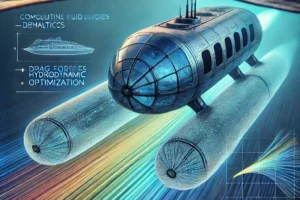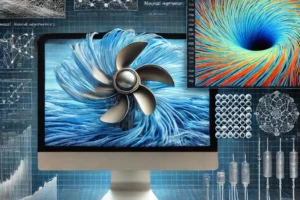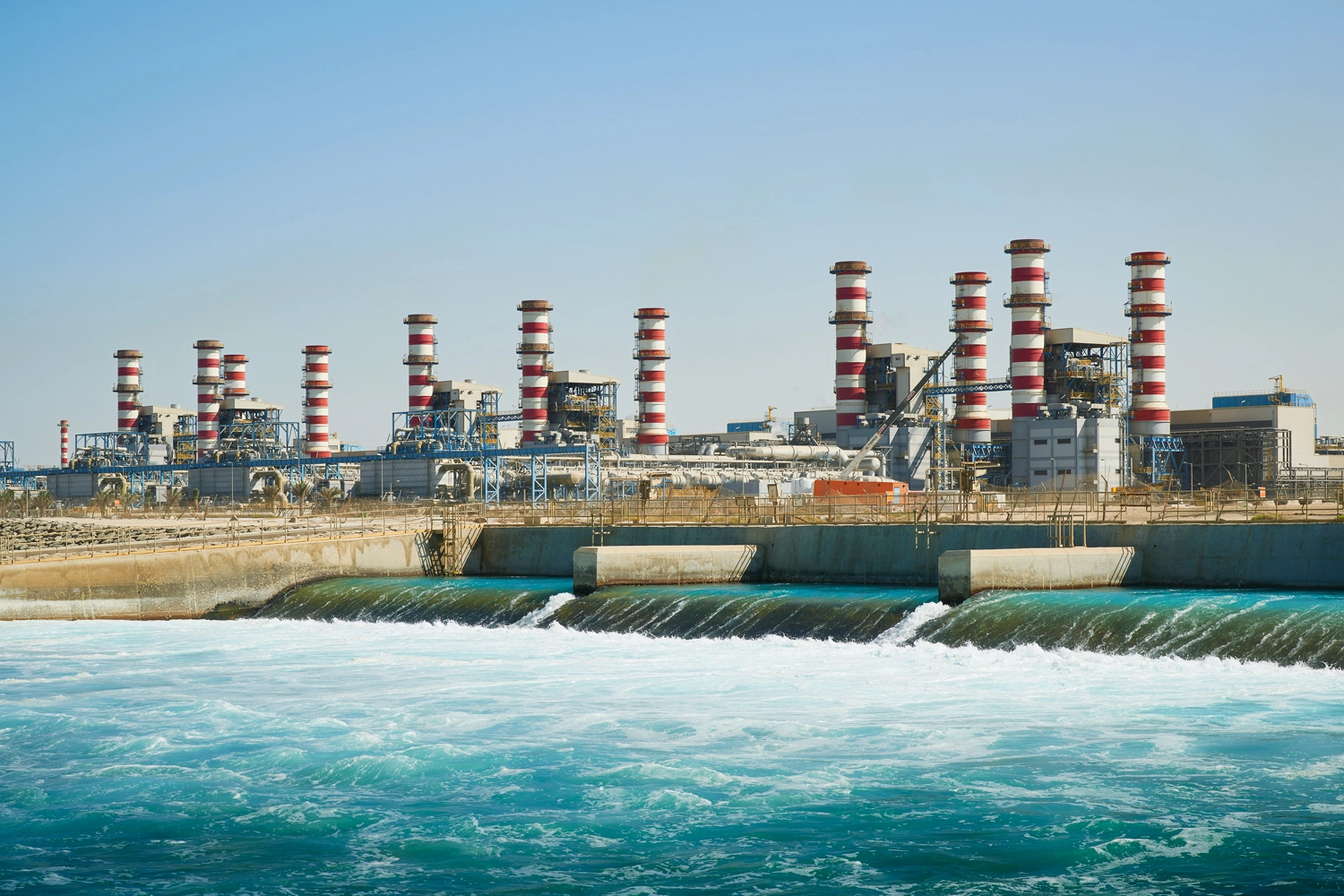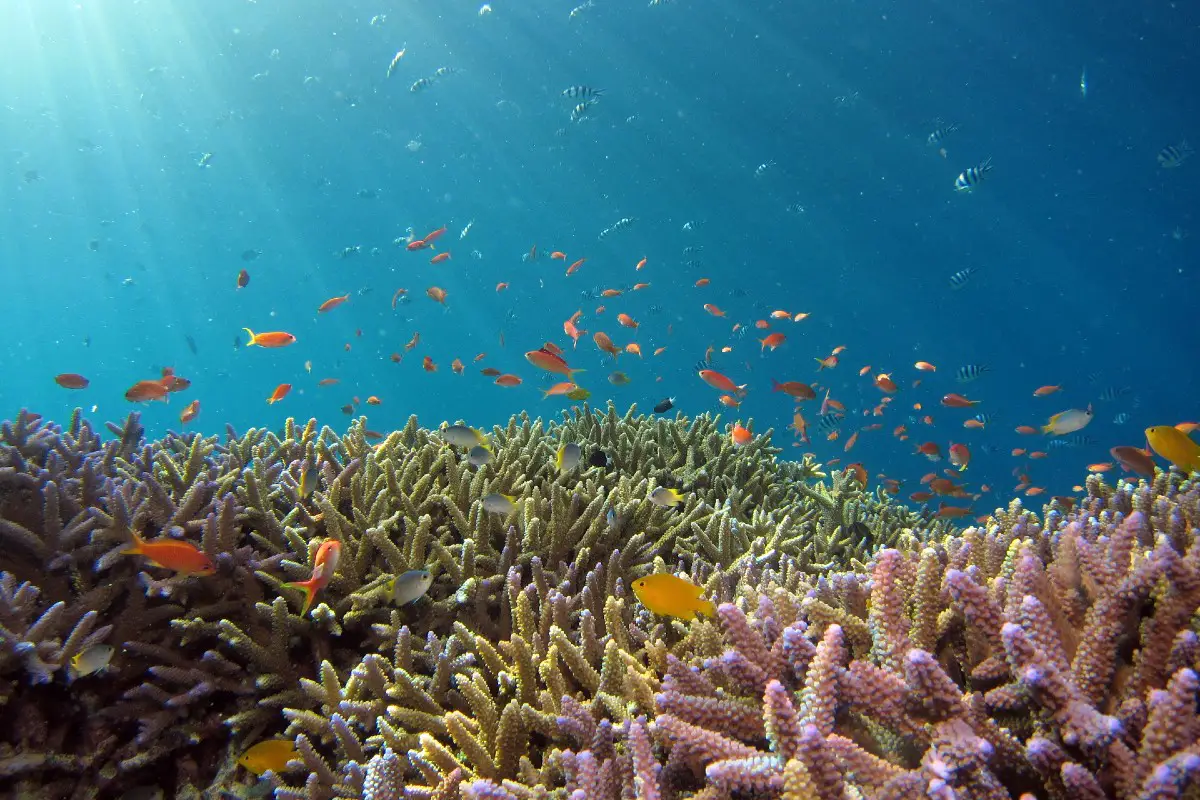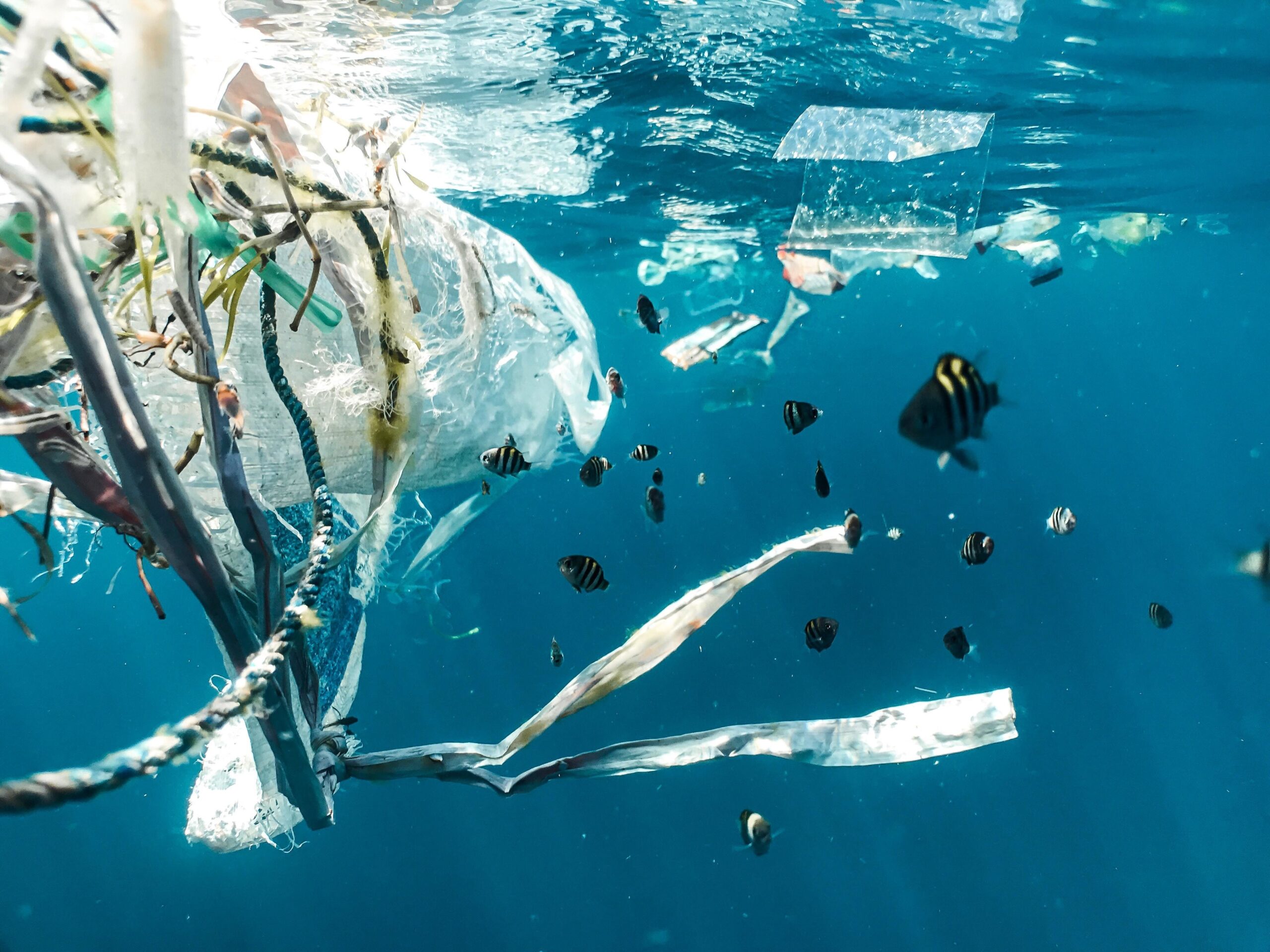Marine corrosion refers to the degradation of materials (typically metals) due to their exposure to marine environments, such as saltwater and air. This type of corrosion can occur on boats, ships, offshore structures, and coastal infrastructure. The main causes of marine corrosion are electrolysis, galvanic corrosion, and pitting corrosion.
Electrolysis occurs when two dissimilar metals are in contact with each other in the presence of an electrolyte, such as saltwater. The metal that is more active electrochemically will corrode preferentially, causing damage to the less active metal.
Galvanic corrosion occurs when two different metals are in contact with each other and an electrolyte, such as saltwater. The more active metal will corrode preferentially, while the less active metal will act as a cathode and be protected from corrosion.

Pitting corrosion is a localized form of corrosion that occurs when small, isolated areas of a metal surface become protected from the surrounding electrolyte. This can occur when the metal surface is covered in marine growth, such as barnacles or algae, or when the metal surface is coated with paint or other protective materials. Pitting corrosion can be particularly dangerous because it can weaken the metal structure and make it more susceptible to failure.
To prevent marine corrosion, various surface treatments, coatings, and alloys are used. The most common method is to apply a protective coating of paint or another material to the metal surface. This can include epoxy coatings, zinc coatings, and anodic coatings. Additionally, the use of corrosion-resistant alloys like aluminum and stainless steel can also help to prevent marine corrosion.
Types of Marine Corrosion
There are several types of marine corrosion that can occur in different environments and on different materials. Some common types of marine corrosion include:
- Uniform corrosion: This type of corrosion affects the entire surface of a metal evenly. It is typically caused by prolonged exposure to a corrosive environment, such as saltwater or air.
- Galvanic corrosion: This type of corrosion occurs when two dissimilar metals are in contact with each other in an electrolyte, such as saltwater. The metal that is more active electrochemically will corrode preferentially, causing damage to the less active metal.
- Pitting corrosion: This is a localized form of corrosion that occurs when small, isolated areas of a metal surface become protected from the surrounding electrolyte. Pitting corrosion can be particularly dangerous because it can weaken the metal structure and make it more susceptible to failure.
- Crevice corrosion: This type of corrosion occurs in confined spaces, such as small crevices or tight-fitting metal components. The confined space can trap electrolytes and other corrosive agents, leading to corrosion that is more severe than in other areas of the metal surface.
- Stress corrosion cracking (SCC): This type of corrosion occurs when a metal is under stress, such as from a mechanical load, and is exposed to a corrosive environment. SCC can occur in alloys that are normally resistant to corrosion, such as stainless steel, and can lead to sudden and unexpected failure of metal structures.
- Biofouling: This type of corrosion is caused by the growth of marine organisms, such as barnacles, mussels, and algae, on the surface of metal structures. These organisms can create an environment that promotes corrosion, and their accumulation can also add weight and stress to metal structures.
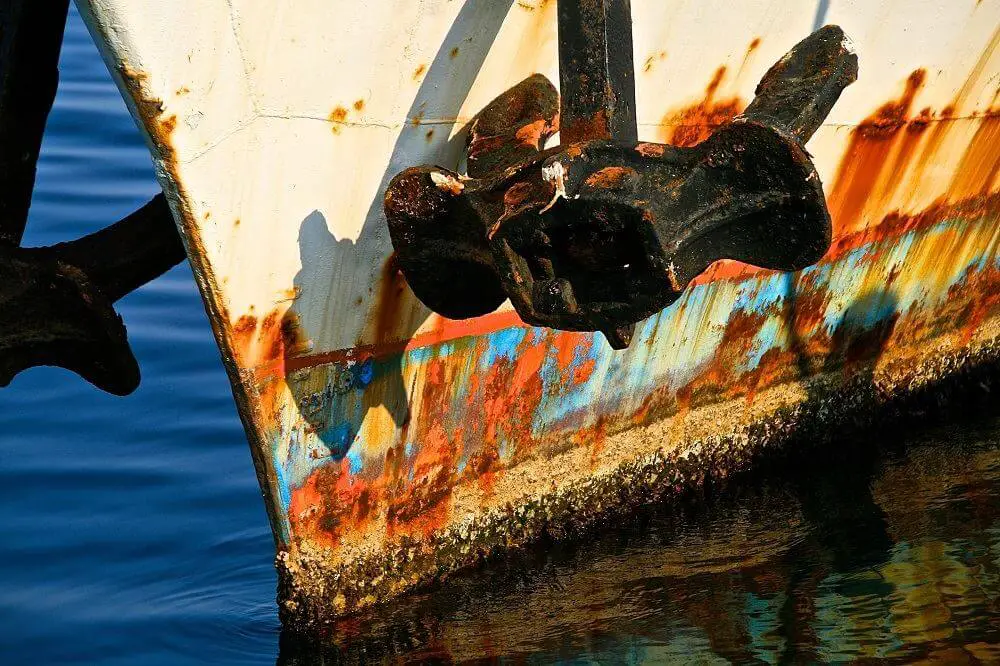
Preventing marine corrosion requires an understanding of the specific type of corrosion that is likely to occur and the appropriate measures to take to prevent it. This can include using corrosion-resistant alloys, applying protective coatings, and designing structures to minimize stress.
Prevention of Marine Corrosion in Ocean Engineering
Preventing marine corrosion in ocean engineering requires a multi-faceted approach that addresses the various types of corrosion that can occur in marine environments. Some common methods used to prevent marine corrosion in ocean engineering include:
- Material selection: Choosing corrosion-resistant materials, such as stainless steel, aluminum, or other alloys, can help to prevent marine corrosion. Additionally, using coated or treated materials can also provide additional protection against corrosion.
- Surface treatments: Surface treatments, such as painting or coating, can provide a barrier between the metal surface and the corrosive marine environment. Epoxy coatings, zinc coatings, and anodic coatings are some of the commonly used surface treatments.
- Cathodic protection: This method uses an electrical current to prevent the corrosion of a metal surface. It works by applying a small electrical current to the metal surface, which causes the surface to become a cathode and thus protects it from corrosion.
- Design considerations: Engineers can design structures to minimize the accumulation of marine growth and to minimize stress on the metal surfaces. This can include designing structures with smooth surfaces, using coatings to prevent marine growth, and designing structures to minimize stress.
- Regular Inspection and maintenance: Regular inspection of the structures, identify the corrosion and take necessary measures to prevent further corrosion. Regular cleaning and maintenance of the structures is important to remove the marine growth and other corrosion-promoting materials.
- Use of corrosion inhibitors: Corrosion inhibitors can be added to the water or other fluids in contact with the metal surface to reduce the rate of corrosion. These inhibitors can include chemicals such as zinc or aluminum compounds, or organic inhibitors like phosphates.
It’s worth noting that no single method can completely prevent marine corrosion, and a combination of methods is often necessary to provide adequate protection for ocean engineering structures.
Challenges of Corrosion on Marine Structures
Corrosion on marine structures can present several challenges, including:

- Cost: Corrosion can be costly to repair or replace, and can also lead to increased maintenance and inspection costs. The cost of corrosion can also be significant in terms of lost productivity and revenue, as well as potential liability.
- Safety: Corrosion can weaken the structural integrity of marine structures, making them more susceptible to failure. This can pose a significant safety risk to the people who work on or near the structures, as well as to the general public.
- Environmental impact: Corrosion can also have an impact on the environment. For example, corrosion of offshore oil and gas platforms can lead to oil leaks and other environmental hazards. Additionally, corrosion-related failures can lead to the release of pollutants into the marine environment.
- Difficulty in detection: Corrosion can be difficult to detect, especially in its early stages. This can make it challenging to address the problem before it becomes a significant safety or cost concern.
- Difficulty in prediction: Corrosion can be affected by many factors, such as the type of metal, the environment, and the design of the structure. This makes it difficult to predict how a particular marine structure will respond to corrosion over time.
- Complexity of marine environment: Marine environment is complex in nature, the structures are exposed to a variety of factors such as temperature changes, waves, currents, saltwater and air. These factors can interact and affect the corrosion process in different ways, making it difficult to understand and predict the corrosion behavior.
- Lack of standardization: The standards and regulations for marine corrosion vary depending on the location and type of structure. This can make it challenging to ensure that a structure is protected against corrosion throughout its lifespan.
- Limited access to remote locations: Some marine structures are located in remote or hard-to-reach areas, making it difficult to inspect, maintain and repair them. This can make it challenging to prevent or address corrosion-related issues on these structures.
Overall, preventing and mitigating corrosion on marine structures requires a thorough understanding of the corrosion process and the marine environment, as well as the ability to effectively plan, design, and maintain marine structures.
How to Manage Marine Corrosion
Managing marine corrosion requires a comprehensive approach that addresses the various types of corrosion that can occur and the various factors that contribute to corrosion. Some key steps that can be taken to manage marine corrosion include:
- Conducting regular inspections: Regular inspections of marine structures are essential to identify and address any signs of corrosion. These inspections should be conducted by trained professionals who can identify the specific type of corrosion and its severity.
- Implementing a maintenance program: A comprehensive maintenance program can help to prevent and slow the rate of corrosion. This can include regular cleaning of the structures to remove marine growth and other corrosion-promoting materials, as well as the application of protective coatings and other treatments.
- Choosing the right materials: Choosing corrosion-resistant materials, such as stainless steel, aluminum, or other alloys, can help to prevent marine corrosion. Additionally, using coated or treated materials can also provide additional protection against corrosion.
- Designing for corrosion: Engineers can design structures to minimize the accumulation of marine growth and to minimize stress on the metal surfaces. This can include designing structures with smooth surfaces, using coatings to prevent marine growth, and designing structures to minimize stress.
- Continuously monitoring and updating the corrosion management plan: As the corrosion management plan is implemented, it is important to continuously monitor the effectiveness of the plan and update it as needed. This can help to ensure that the plan remains effective over time and that any new issues or concerns are addressed in a timely manner.
Overall, managing marine corrosion requires a combination of regular inspections, maintenance, material selection, design considerations, cathodic protection, corrosion inhibitors, staying up to date with regulations and standards, and continuous monitoring and updating of the corrosion management plan.

